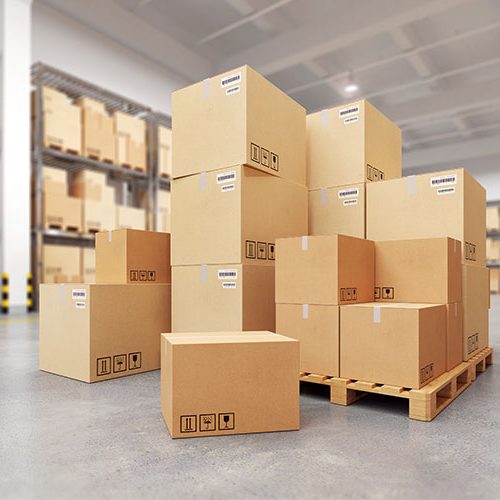Assembly line equipment has been an essential aspect of the manufacturing industry for over a century. Starting with Henry Ford’s innovations in the early 20th century, the design and technology of assembly line equipment has undergone significant changes, leading to the highly automated assembly lines of today. In this article, we will take a closer look at the evolution of assembly line equipment, from its earliest days to the present.
The Early Days of Assembly Line Equipment
The concept of assembly line production was introduced in the early 20th century and revolutionized the manufacturing industry. Henry Ford’s use of assembly lines in the production of automobiles is a significant example of this change. Assembly lines enabled the mass production of goods, making them more accessible and affordable to the general public. However, the early assembly line equipment was limited in terms of its design and technology, which resulted in slow production speeds and low efficiency.
Mid-20th Century Developments
As the 20th century progressed, advancements in assembly line equipment design and technology emerged. World War II played a significant role in driving innovation in this area, as the need for mass production of weapons and supplies fueled the development of new and improved assembly line equipment. As a result, the number of assembly line equipment manufacturers increased, leading to increased competition and further innovation.
The 21st Century and Beyond
The introduction of automation and robotics in recent decades has changed the face of assembly line equipment forever. The use of advanced technologies such as artificial intelligence (AI) and machine learning has allowed for significant improvements in the efficiency and productivity of assembly lines. Automation has allowed for faster production speeds, increased accuracy, and reduced the need for manual labor, leading to higher quality products and increased profitability for manufacturers.
Conclusion
In conclusion, the evolution of assembly line equipment has been a continuous process of improvement and innovation. From its humble beginnings with Henry Ford, to the highly automated assembly lines of today, assembly line equipment has undergone significant changes that have transformed the manufacturing industry. As the world continues to evolve, it will be interesting to see what the future holds for assembly line equipment and how it will continue to shape the industry.
Need assembly line equipment? We recommend CSSIntl.




